| City/Town: • Port Orange |
| Location Class: • Recreational |
| Built: • N/A | Abandoned: • N/A |
| Status: • Abandoned |
| Photojournalist: • David Bulit |
Table of Contents
Dunlawton Sugar Mill
In Port Orange, Florida lies the remains of a defunct amusement once called Bongoland, its history dating as far back as the early 1800s. Back in 1804, Patrick Dean arrived in the Port Orange area from the Bahamas and established a plantation to grow cotton, rice, and sugar cane which were cultivated by slaves. He was killed by a renegade Indian during the First Indian War in 1818.
The Dunlawton Sugar Mill was established in 1832 on 995 acres previously owned by Patrick Dean. A broker sold the old Dean plantation to Mary Dunn Anderson who owned another plantation north of the Tomoka River. and her two sons, George and James. The name Dunlawton was derived from her maiden name, Dunn, and the name of the land agent who sold her the land, Lawton. Her two sons operated the plantation and in 1832, built a sugar mill. Just three years later, the Second Seminole Indian War drove the white settlers in the area back to St. Augustine, leaving the slaves to continue operations.
The Second Seminole Indian War started in December 1835 with skirmishes at Fort King and New Smyrna, and the Dade Massacre at the Battle of Dunlawton in 1836, the Mosquito Roarers, a company of Florida militia under Major Benjamin Putnam, engaged a large band of Seminoles pillaging the Dunlawton Plantation. Heavy fighting ensued, but the militiamen were unable to disperse the Indians. The conflict continued pushing the Seminoles farther south, with the war finally ending in 1842.
Statehood came in 1845 and shortly afterward settlers started to arrive in the area. John Marshall, a planter from Louisiana, bought the Dunlawton plantation in 1847. He sold it to a Frenchman named Voux in 1850 but got it back in 1856 in bankruptcy proceedings.
During the Civil War, settlers used the mill’s huge kettles to distill seawater for salt to cure meat. Normally, they would distill water along the waterfront but feared smoke would attract the attention of Union troops.
After the war, the mill kettles were used again, but not for sugar. In 1906, when the first Port Orange bridge stretched across the river, two whales beached themselves below it. Men dragged the carcasses back to the former plantation and used the mill kettles to render the oil.
Bongoland
In the early 1950s, the plantation oak hammock which spread over the mill ruins was sold to J. Saxon Lloyd, owner of Lloyd Buick-Cadillac in Daytona. He opened the site to area residents so they could visit the ruins and see indigo growing.
In 1952, Dr. Perry Sperber leased out the property from J. Saxon Lloyd for an amusement park. Sperber, a dermatologist and allergist long before those were even recognized as medical sub-specialties was known to be a “quack” due to his radical therapies, such as “dermabrasion” and other therapies. Later in his life, he became a deacon at the First Baptist Church in Daytona Beach. In 1970, he wrote and book called “Sex and the Dinosaur”, which mostly describes current animals and how they could be related to dinosaurs.
The park was called Bongoland named after Bongo the chimpanzee, one of several animals Sperber kept in a small zoo on the property that housed bears, macaws, and parrots. The park also featured gasoline-powered tractors for guided tours through Bongoland. Besides the mill ruins and small zoo, the park boasted four “prehistoric monsters” made by artist and physician Dr. “Manny” Lawrence of Holly Hill, Fla. which were constructed out of chicken wire and concrete to the best of his ability. A Seminole Indian family also lived on the ground for two years in an outdoor house with no walls.

Bongoland was never a success as tourists didn’t want to leave the main highway and it cost too much to advertise it. Sperber did not renew his lease when it expired in 1955. The Seminole family moved south. Lloyd donated the land and zoo to the county in the 1960s.
Around 1987, the Volusia County Botanical Society leased the property 1989, the Volusia County Botanical Society commissioned Lawrence for a fifth concrete creature, this time a mammal; a giant sloth like one whose bones are housed at the Museum of Arts and Sciences in Daytona. Today, the property remains a botanical garden called Dunlawton Sugar Mill Gardens. The four concrete-cast dinosaurs and the giant sloth still exist today. Although they are now protected as part of Florida’s heritage, their paint is long gone, their bodies darkened with grime, and mold, and covered in moss and spider webs.












